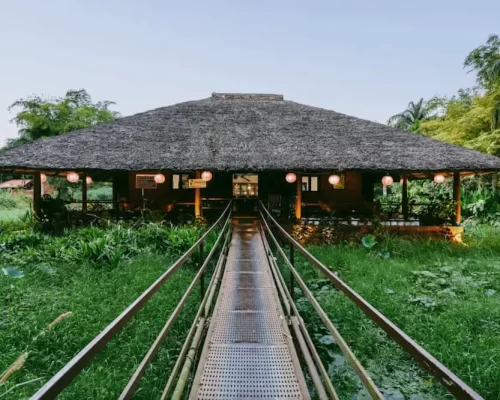Kabini is a mesmerizing destination nestled in the southern part of India, renowned for its serene beauty and abundant wildlife. Located in the picturesque state of Karnataka, Kabini boasts a tranquil river that meanders through dense forests and lush green landscapes, creating a perfect haven for nature lovers and wildlife enthusiasts alike. The region is home to a rich biodiversity, including majestic elephants, elusive tigers, leopards, and a plethora of bird species. Visitors can embark on thrilling jungle safaris, where they can witness these magnificent creatures in their natural habitat. Additionally, Kabini offers a range of activities such as boat cruises, birdwatching, and nature walks, allowing visitors to immerse themselves in the enchanting wilderness. To delve deeper into the wonders of Kabini and to discover more about this captivating destination, be sure to check out our blogs for comprehensive information and insightful articles.
Red Earth, the best resort in Kabini, offers an eco-luxury retreat where sustainability meets comfort. With eco-friendly accommodations, solar energy, and water conservation, it redefines luxury in nature. Guests enjoy thrilling safaris, a rejuvenating spa, and exquisite dining with locally sourced ingredients. Immerse yourself in nature, luxury, and adventure at this unforgettable destination.
Discover the perfect blend of nature and luxury at Red Earth Kabini, one of the best luxury resorts in Kabini. Nestled in the serene wilderness, enjoy cozy cottages, thrilling safaris, scenic boat rides, and indulgent spa experiences. Whether you're exploring Nagarhole National Park or relaxing under the stars in your private Jacuzzi, every moment at Red Earth Kabini promises unforgettable memories. Experience Kabini like never before!
Looking for a pet-friendly resort in Kabini? Red Earth Kabini offers spacious cottages, nature-filled adventures, and tailored amenities for you and your pets.



